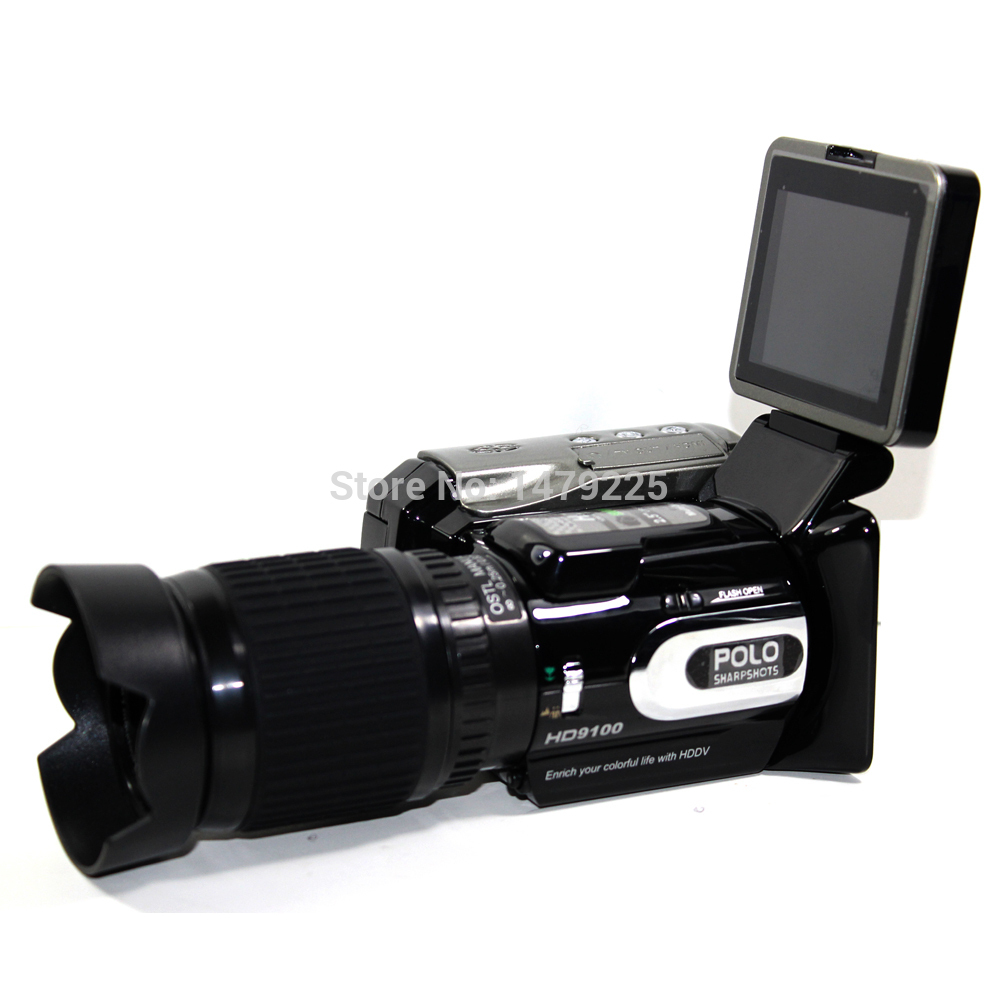

As a result, you can capture video with fewer compression artifacts, and usually in formats that work smoothly with major editing software, such as Apple’s ProRes and Avid’s DNxHD and HR.Įxternal recorders are dedicated video capture devices developed and manufactured by companies – such as Atomos, Blackmagic, Convergent Design and SmallHD – who specialize in producing video capture products. You’ll be able to maximise the colour depth and the dynamic range. Depending on the camera you’re using these codecs will produce a far better result than recording video in-camera. Recording to an external recorder offers you a range of video codecs. H.264 is an oft-used example of a GOP codec.
#HD DIGITAL VIDEO CAMERA RECORDER FULL#
This typically means heavily compressed video, often using what’s known as a group of pictures (GOP) video codec, which only records a full image at select key frames while interpolating the in-between images based on changes between frames. They also have to make significant compromises in the name of battery life and thermal management, since video isn’t their primary role.įor the most part, they’re designed to produce amounts of data that are manageable by consumers, and at bit rates compatible with relatively slow memory cards. Understandably, most cameras that can shoot both stills and video have processors that are designed primarily for capturing still images. In terms of recording, the benefits come from a number of factors. There are two main benefits to using an external recorder: to get a bigger, more informative preview as you shoot and to capture better quality footage. Key benefits of using external on-camera recorders Some monitor/recorders feature options such as a LAN controller connector, which means you can start and stop recording on your camera from the device, and touch screen control of shooting parameters. Depending on the manufacturer footage may be record on to a CFast card, a solid-state disk drive or an SD card, so always make sure you are using a fast, compatible card. Once the footage comes out of the camera it’s recorded on to the device. To be able to record to an external recorder via a HDMI connection the camera needs to be able to output a clean channel – that means not seeing all the details on graphics you would normally see on your camera’s LCD screen. Although you can pick up external monitors for under £100 there is an advantage in spending more to buy a monitor that can double up as an external recorder. More advanced monitors, such as those by Blackmagic, will allow you to see details such as zebra patterning, histograms, focus peaking and a range of grids and guides. You may have seen behind-the-scenes documentaries of making films and often you’ll see directors and directors of photography discussing a shot, or the framing of that shot, whilst viewing an on-set monitor screen. The larger display of an external monitor – usually sized from five-inches across and upwards – allows you to see more details. This is when an external monitor and/or recorder can prove useful – so what do they do and what benefits do they offer? External camera monitors explainedĮxternal monitors usually connect to your camera via an HDMI connection and, once connected, the view your camera is seeing is shown on the monitor.

This is great when you’re starting out but such screens might make it difficult for you to view finer details such as zebra patterning, focus peaking and some of the details about how and exactly what you’re shooting. When you start shooting video on a mirrorless camera or DLSR you’ll get used to viewing your video footage on the camera’s rear LCD screen, which are usually 3-inches wide or less. An external monitor, recorder or monitor/recorder.A camera with at least HD or 4K shooting options.Is it worth investing in a monitor or recorder?.What are the drawbacks of monitors and recorders?.Why you would use an external monitor/recorder?.

#HD DIGITAL VIDEO CAMERA RECORDER PLUS#
In this guide we look at the best external camera monitors and recorders, plus explain what they do, why you should consider using them and what benefits they offer filmmakers. As you get more experienced in shooting video you might want to consider investing in an external monitor to view your footage on a larger screen or an external recorder to record and store footage with more information in it.


 0 kommentar(er)
0 kommentar(er)
